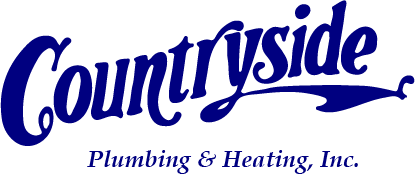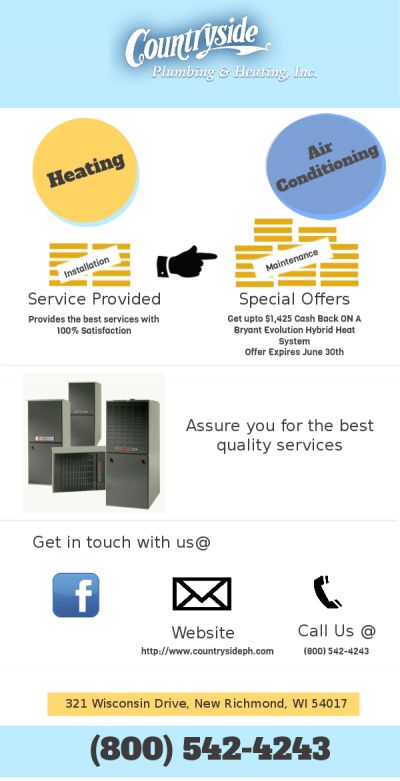3 Ways to Reduce the Costs of HVAC Services in 2017
The fluctuations in temperature from the coldest days during the wintertime to the scorching heat in the summertime can certainly increase the numbers on your home’s energy bill. Luckily we’ve come up with 3 simple solutions that will help alleviate some of those costs associated with your home’s HVAC system.
-
Don’t Shed Your Sweater!
Just because you’re indoors doesn’t mean that you should dress like it’s not winter outside. Layer up with a tee-shirt, sweater or sweatshirt, long pants and socks while lounging around your home. This will keep your body warm, meaning that you’ll be much less likely to crank up the heat on your thermostat. You can even go the extra mile and wear a comfy hat indoors as well. It may seem silly, but it’s an easy (and fashionable!) way to save on your heating bills during the colder months. Also, in the same vein, keep throw blankets around the house so you’ll be more likely to reach for one of those rather than turning up your thermostat.
During the summertime, do the opposite. Shed extra clothing, and let any natural breezes in from the outside, which will help keep you cool without the added stress on your AC unit.
-
Your Thermostat Matters.
The settings on your thermostat play a big part of how much you’ll pay in energy costs during both the cooler and warmer months. Many people enjoy having their thermostats set at 72 ºF, as it’s a comfortable temperature for most everyone; however, by decreasing that number by just a couple of degrees you can save big. Experts estimate that homeowners can save from 3 to 5% in energy costs with each degree on the thermostat decreased during the wintertime and increased in the summertime.
Another great way to save more money over the long-term is to invest in a smart thermostat. These types of thermostats can actually learn your home’s heating and cooling preferences and will adjust overtime so that you don’t have to worry about whether it is set to the most efficient temperatures for your home. These enable you to effortlessly adjust your settings during different times of the day via an internet connected device. For example, during Winter you can set your thermostat to a lower temperature at night and while you’re away at work; soon, your smart thermostat will learn these settings so you don’t have to think about it. In the Summer, you can increase your settings to a slightly warmer temperature while you’re sleeping or away.
And, if you don’t want to go all out for a Smart thermostat, simply upgrading to a programmable one, which runs between $40 and $200 can be a great way to decrease the costs on your home’s energy bill. These can also be programmed to run at different temperatures during different times of the day, which is a much more convenient than maintaining energy efficient temperatures with a typical manual thermostat.
-
Let the Sunshine in and Keep the Cold Air Out!
This is a very easy way to help control the temperature in your home. Cover your home’s windows with heavy drapes to keep the warm air from escaping at night. During the day, open the drapes on your windows to allow the sunshine in. The heat from the sun will add a lot of warmth to your home with no cost at all to you. This works especially well with south facing windows and glass front doors.
Want to discover even more ways to save on your HVAC services in 2017? Contact us today to find out what promotions we are currently offering.


